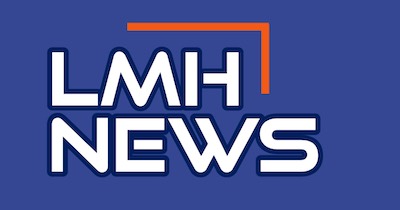In cost estimates, the Congressional Budget Office provides information to the Congress about the effects of legislation on the federal budget. As required by the Unfunded Mandates Reform Act of 1995 (UMRA), the agency also examines some of the effects of federal legislation on state, local, and tribal governments and on private-sector entities by identifying what that act defines as mandates.
In general, mandates require a nonfederal entity to take an action or comply with a prohibition. The federal minimum wage is an example of such a mandate on public and private-sector employers, who are required by federal law to pay a minimum hourly amount to certain employees. As defined in UMRA, the direct costs of that mandate are the additional amounts paid by employers. (The question of who ultimately bears those costs is more complicated and beyond the scope of UMRA.)
UMRA aims to ensure that the Congress receives information about the presence and potential costs to nonfederal entities of federal mandates as it considers proposed legislation. CBO, through its Public and Private Mandates Unit, provides such information to the Congress. To promote a thorough understanding of the agency’s analyses, this primer describes the principles that CBO follows to identify mandates in legislation.
Originally published at https://www.cbo.gov/publication/58886




